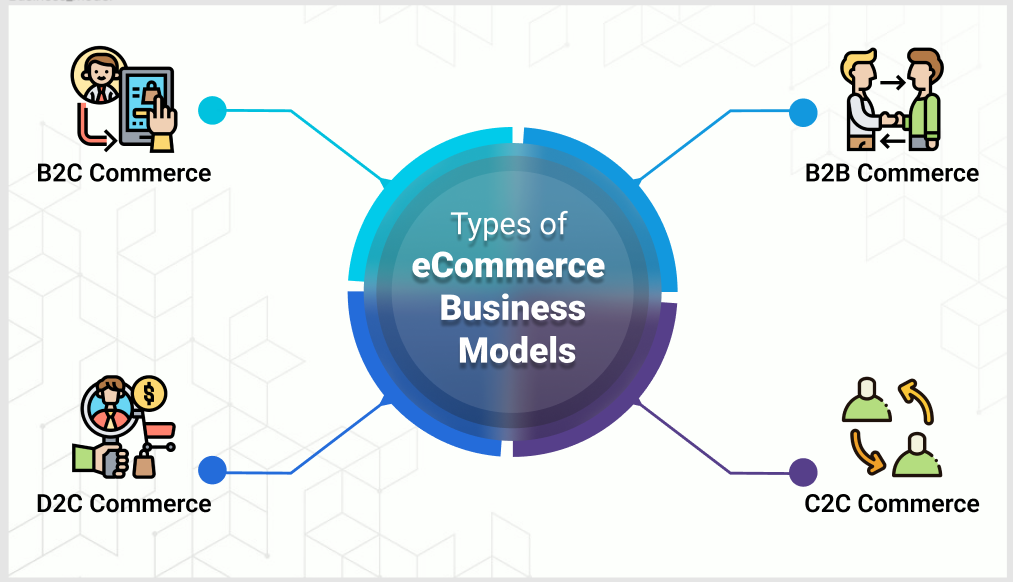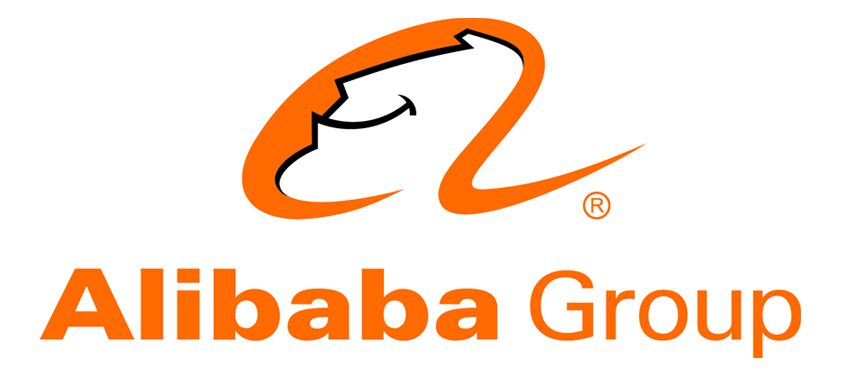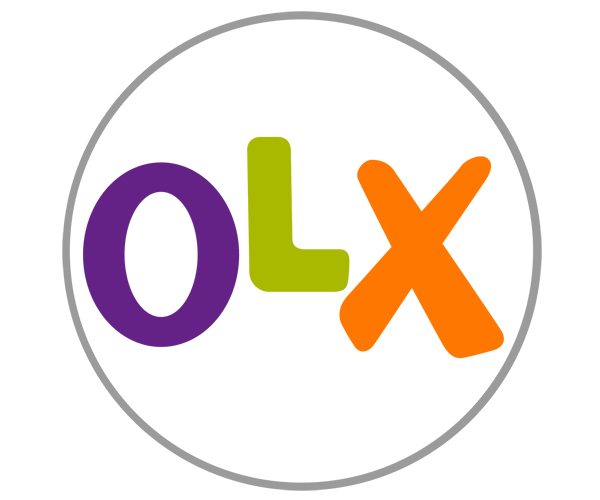4 Profitable eCommerce Business Models for 2022
-
 Jess Mann
Jess Mann
- 4 years

Seeing the rising demand for eCommerce and increasing online sales, if you are planning to start an online business, hold on! It is not that easy to start a venture online and earn millions of dollars in sales.
Do you know the nitty-gritty of how your business will operate?
Well, if you don’t know, you really need to read this article. Gone are the days of beliefs “If I will build, they will come.” There are more than 24 Million eCommerce websites across the world, with more and more being developed every single day.
If that number makes you think, it is a highly competitive domain, that is pretty right. To sell in the online space, you need a strategy, a way, a plan – not just in your head but on paper.
That will be called your business model and will list everything – from your customer segment, value proposition to cost structure, and revenue streams. In this article, we will be talking about different eCommerce business models to help you get started and finalize the one that suits your offerings the most. So, let’s get started.
What Is a Business Model?
A business model is specifically an outline of how a company will run its operations. Plus, it lists how the business will make money. To define it in simple words, here are some things that a business model outline explains in detail:
- What is the product or services
- Who is the target audience of business
- What value proposition will the business provide
- What does the cost structure look like
- How is the company going to generate revenue
Because eCommerce businesses are evolving every day, business models in the industry are also changing. But, every business needs to create a business model in order to run its operations seamlessly and with proper planning.
Let’s now check out some of the popular business model types in the eCommerce domain.
4 Types of Popular eCommerce Business Models
When starting an eCommerce business, here are four popular and profitable business models you can choose from to run your operations:
1. B2C Commerce
Business-to-customer is the most popular eCommerce business model followed by many retailers and entrepreneurs. At its core, it is a model where businesses sell to consumers and generate profits. Whenever you go to a grocery store and purchase groceries, you engage in a B2C transaction.
Basically, examples of B2C commerce are everywhere. An amazing example of B2C commerce is Amazon and eBay. You go to the Amazon store, look for products and their attributes, make payment, and the order gets delivered. You are the end-user here and Amazon is the business, that’s why it is called B2C.
B2C Advantages
The B2C model is considered one of the easiest to set up and profitable. It gives you a chance to make sales 24/7 and also generates high sales volume.
It makes it possible for you to generate regular sales to keep the cash flowing and you can even start your B2C business from your home.
B2C Challenges
The market is highly competitive for B2C businesses and you need to invest heavily in providing a personalized customer experience for selling to consumers.
Also, consumers have demands that are sometimes difficult to fulfill and high expectations. You need to set up a customer service team that can respond to their queries, orders, and return requests 24/7. All in all, it is a crowded marketplace with high potential.
Example: Amazon

2. B2B Commerce
Business-to-Business is also a popular business model type in the eCommerce industry. A B2B transaction takes place between two businesses where one business sells products/services to another business.
For example, if you are selling products like computers or any other office supplies, you might want to target other businesses to drive sales – because an individual customer won’t purchase office supplies. Also, if you are a manufacturer of products, you might want to sell them to wholesalers or retailers who own a business.
B2B Advantages
Such types of businesses experience sales in bulk. Because when a B2B buyer makes a purchase, he is likely to place large orders as compared to B2C consumers. Also, B2B buyers have high buying intent. No B2B buyers will just visit your website for fun and just explore what you have to offer.
The B2B eCommerce market is expected to be worth 6.6 trillion dollars by the year 2022, which is much more than the B2C market.
B2B Challenges
B2B domain is also becoming highly competitive and you need to plan strategically to target B2B buyers.
For example, B2B pricing is not straightforward. You need to provide personalized prices for B2B consumers in order to satisfy their needs. Also, B2b buyers require product information in detail before buying. So, be ready to invest heavily in content marketing if you are planning to establish a B2B business.
Example: Alibaba

3. D2C Commerce
The D2C model recently gained traction in the eCommerce world. It is when a manufacturer of products sells directly to end customers from their own eCommerce store. A traditional eCommerce business model goes from producer of the product to a wholesaler then to a retailer and finally, the retailer sells to consumers.
D2C is all about cutting the middleman and selling directly to end customers. Also, as per research, 55% of consumers prefer to shop products directly from the manufacturer because of the many benefits they provide in terms of cost and quality.
D2C Advantages
It offers you more control over your brand reputation and has high-profit margins. You can set up an omnichannel experience and cater to the end-users of your products across all touchpoints.
This model will put your brand right in front of the customers and you can understand their preferences in a better way to get more conversions and increase revenues.
D2C Challenges
When setting up a D2C brand, you will have to compete directly with retailers who have more exposure to selling to end-users and know what it takes to attract them. Plus, order fulfillment will also be a challenge for you.
You not only need to ship the products but also compete with the likes of Amazon who promise next-day shipping.
Example: Glossier

4. C2C Commerce
In the consumer-to-consumer business model, the transaction takes place between two customers. While one customer sells products through an online auction, the other purchases the same by making the highest bid. It is also called C2B2C because the transaction occurs between two customers but via a business that is the platform itself.
C2C Advantages
The C2C model is perfect for entrepreneurs who can not use other business models due to the cost factor. For example, some sellers do not want eCommerce to be their full-time job or business. Thus, they can choose to sell their products on a C2C website where there are fewer overheads. This makes it easy to promote a C2C business and get consumers.
C2C Challenges
The main challenge in setting up a C2C business is less quality control. Since you won’t be producing goods, you can not keep a check over the quality your platform is providing. Also, there are higher chances of frauds on a C2C platform that need to be regulated.
C2C Example: OLX

Wrapping Up
So that was the list of most popular and profitable eCommerce business models for 2022. Now which one you want to choose depends on your business ideas and growth plans. If you want eCommerce experts to help you make the right decision, contact us!
Download Blog













